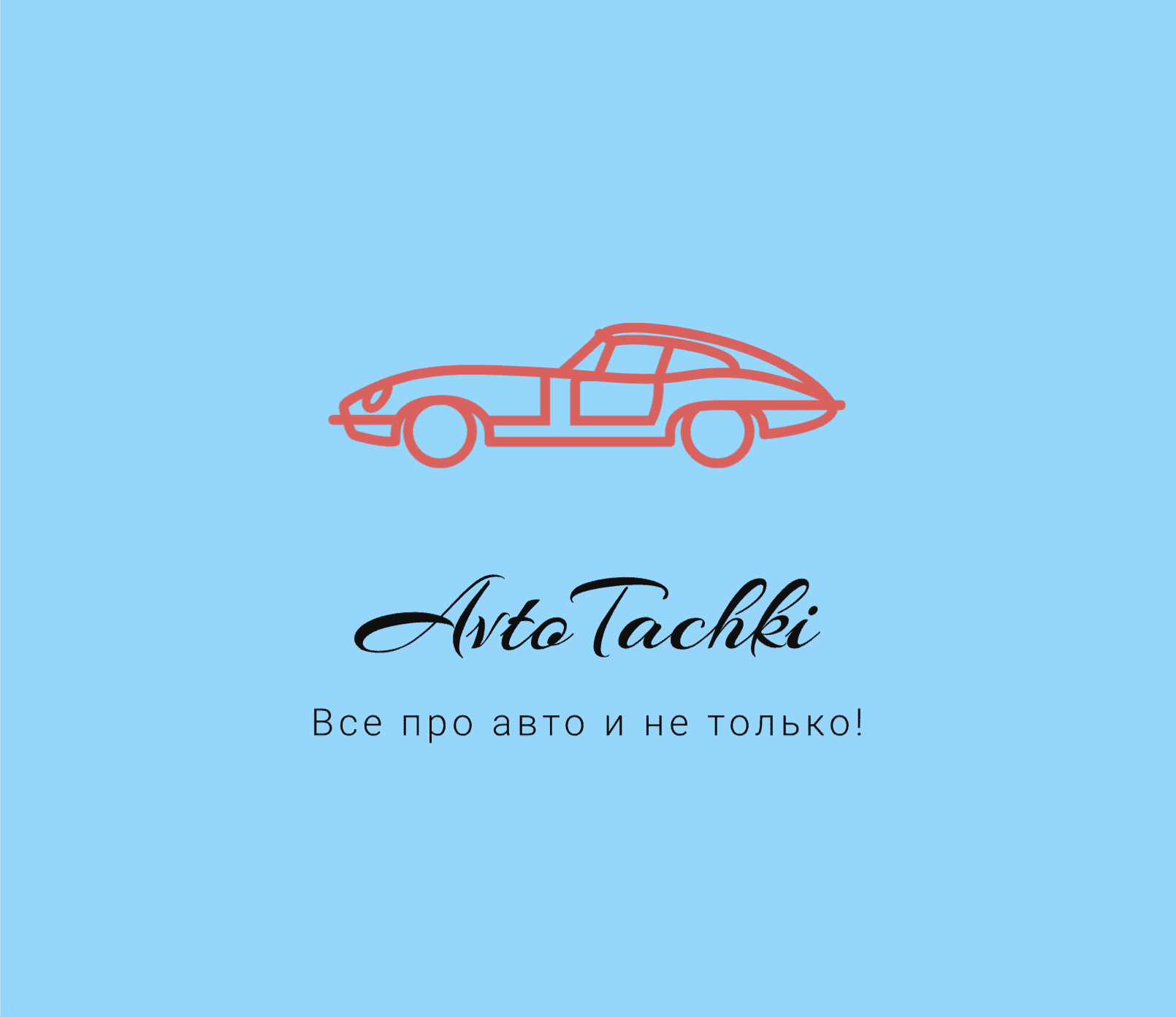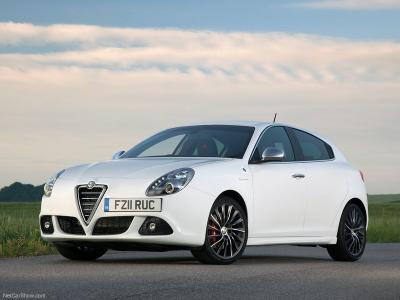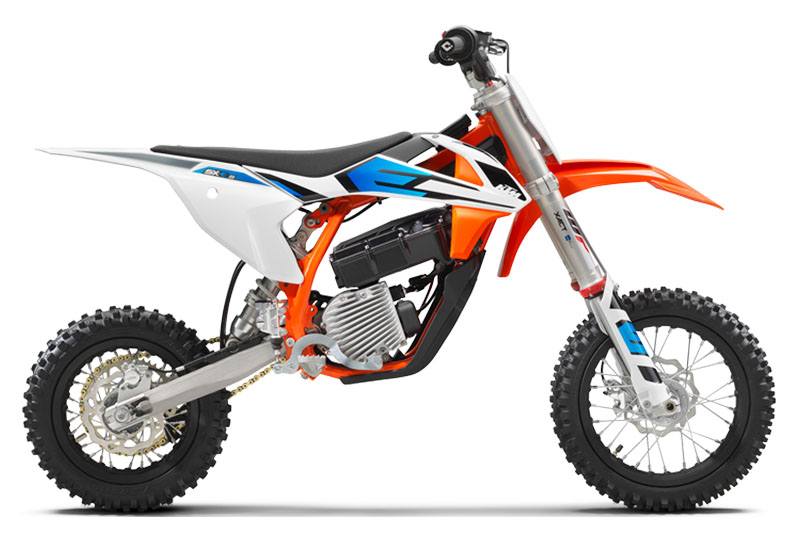
We drove: EM Sport - electric test - is it the first eco-friendly motorsport of the future?
Content
Considering we have already tested electric scooters, enduro and supermoto electric bikes and last but not least the KTM Freeride, the Electric Trial is comparable to everything. If you think about it, they were right in court, at the Oset manufacturing plant, they were the first to remember that electricity is what you need for children's tests, perhaps this is where a new niche for driving in the natural environment and in the city opens. centers.
For 8.600 euros for environmentally friendly technology and technology for neighbors
Price is, of course, the number one obstacle to popularization, as battery technology is still expensive. But slowly and steadily, prices are getting closer to the point where things get interesting. Electrical tests by a French manufacturer Electric movement designs and manufactures their motorcycles in France and is a good example of what can be done with modular design, as they also offer lightweight supermoto and enduro models in addition to trial versions. Since I am not really an orthodox trialist and admit that I cannot jump on a one and a half meter cliff and can only fall very well from it, I have no choice but to believe my eyes when I watch footage of professionals using electrical tests. They jump over and overcome serious test obstacles in nature or on an artificially created test site. After I saw at the trial Severin Sajevec, a Slovenian pioneer who also represents and sells Electric Motiona (in addition to the Italian beta), it became clear to me that I would have to attend his courses many more times in order to at least roughly use the full potential motorbike. for testing. But a short trip was enough for a first impression.
Great afternoon relaxation and fitness in your backyard or skate park
I sweated through a hard hour, adrenaline flooded my body, my heart rate skyrocketed, and above all, I felt the positive effects of training on a test bike for at least three more days. The fantasy is that it requires little or no maintenance to operate. No gasoline, no mixture, no engine chatter. The battery is charged, turn it on and go. Quiet, no noise, no blue smoke, no direct pollution.
The gearbox only has one gear, so there is no shift lever at all, and on the right side there is a rear foot brake just like on any conventional motorcycle. I wonder how they dealt with the clutch. Although it has a lever like the one found on motorcycles with combustion engines, it is basically a switch to turn off a modern brushless electric motor.
When you press the lever, the engine turns off, which means extra hard braking on the rear wheel. I had to get used to this feeling and personally I would be happier with the classic clutch as it allows for better control. The electric motor runs on four programs that you set according to your knowledge and complexity - from very moderate power and long range to maximum torque and response to overcome serious obstacles. The ride proves that the components are on par with today's trial bikes. Suspension, brakes, frame - everything works great together. The plastic is also flexible enough not to flex after the first drop. Unfortunately, the price is still the biggest negative, as the base model starts at 7.600 euros, with homologation for road use it costs 500 euros more, and the Sport version, like the one we had in the test, starts from 8.600 euros.
Electricity on trial? Definitely yes, please. This combination is currently the most effective of all motorcycles, and if anywhere, we miss the least distance on a single charge. When they fix it with new technologies in electric motors, electronics and batteries, even better.
Petr Kavchich
photo: Sasha Kapetanovich

